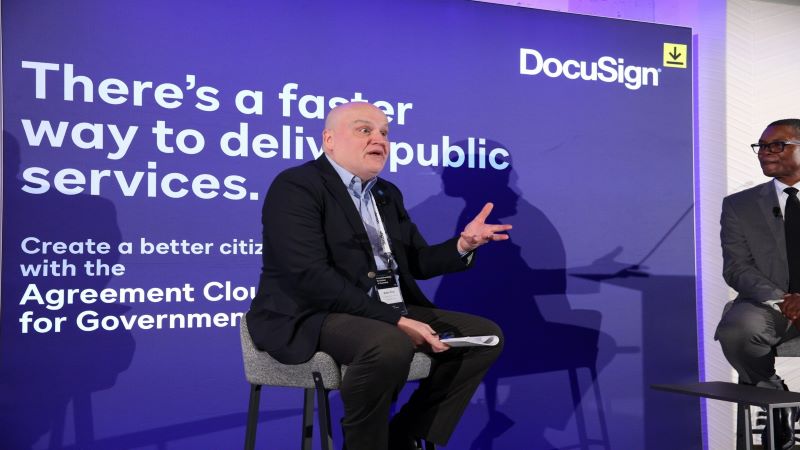
The Department of Labor’s (DOL) Office of Worker’s Compensation Programs (OWCP) is well underway with efforts to improve customer-centric services by modernizing and transforming its claimant process.
The OWCP administers four major disability compensation programs that provide several benefits to workers or their dependents who suffer work-related injury or occupational disease. Because the claimant process has historically been a “clunky” experience, Robin Crisp, information technology officer at DOL, explained, it was time to modernize.
“OWCP is constantly looking for a way to improve customer experience. And that’s what high impact service providers are all about, how do we improve the customer experience, or in this case, the claimant experience,” Crisp said on September 13 during the DocuSign Public Sector Symposium.
OWCP’s move follows similar action by other Federal agencies who are on continuing journeys to transform how they serve the public – an effort propelled forward by the December 2021 customer experience executive order (EO) signed by President Biden.
The EO says the Federal government must “use technology to modernize and implement services that are simple to use, accessible, equitable, protective, transparent, and responsive for all people of the United States.”
Under the EO, high-impact service providers (HISPs) – such as DOL’s OWCP – were instructed to designate services that had to be improved.
Historically at OWCP, in order to file a claim, users would have to download a form, fill it in, sign it, scan it, and then potentially upload it or mail it in.
But “that’s a rather clunky process,” Crisp said. “So the question becomes, how do we streamline that process? How do we make it a much better experience for the claimant population? And remember, you’re looking at an aging claimant population, and we want to make that experience as easy as possible.”
The answer – and the challenge – Crisp explained, was figuring out how to mesh modern technology into the claimant process in a way that streamlines the experience but is still easy to understand and use. In response, OWCP conducted market research to identify existing capabilities. Through this research, Crisp explained, the agency landed on DocuSign.
The claim submission process now includes digital signature capabilities allowing for a more streamlined and improved claimant experience.
“When we decided to implement DocuSign capabilities into our claimant process, we started slow. We selected a small batch of documents, and when we began to see positive metrics, within six months, we seamlessly imbed that capability into more documents,” Crisp said.
“We were conservative at the beginning, which was wise. But I think we’re going to be able to build on our current success,” Crisp added.
Currently, the digital signature capability only exists within the OWCP’s Energy Employees Occupational Illness Compensation program. But moving forward, the OWCP plans to include digital signature capabilities within its other programs as part of its claim and submission process.
